-

-

-

SKYLINE USA INC
SKYLINE USA INC PSGDBOTL Pepper Spray Bling-It-On 0.50 oz Teal Includes Keychain
$5.89 -

-
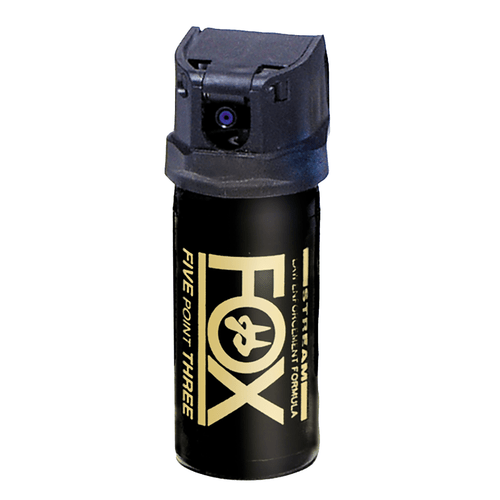
-
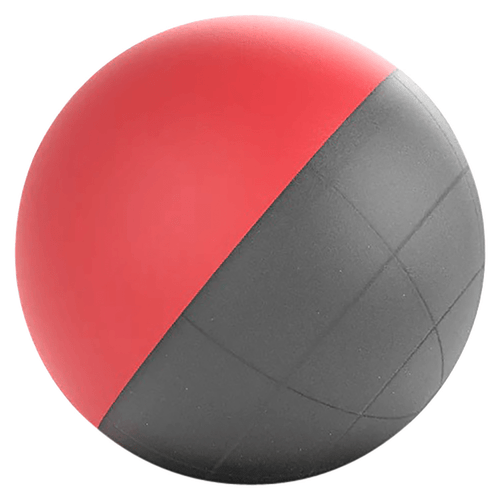
-
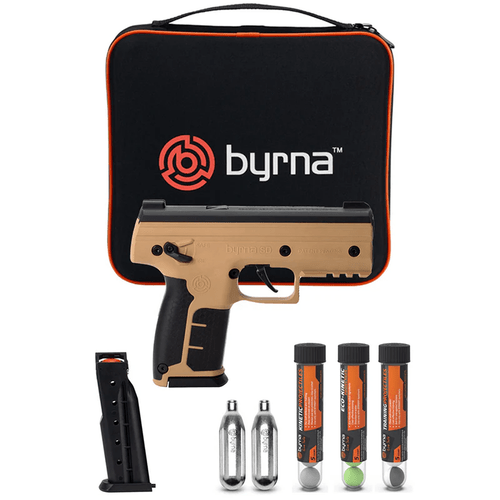
BYRNA TECHNOLOGIES
Byrna SD Launcher Kinetic Kit with Tan Less Lethal Gun and Self Defense Cartridges
$379.99 -

-

-
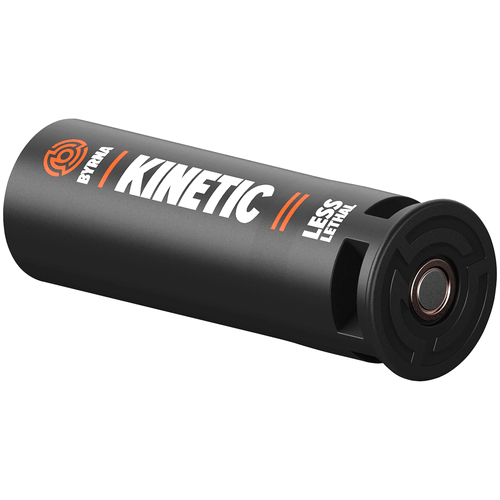
BYRNA TECHNOLOGIES
Byrna Technologies SS61301 Kinetic Less Lethal 12 Gauge 1.40" 0.15 oz 10 Per Box
$39.99 -
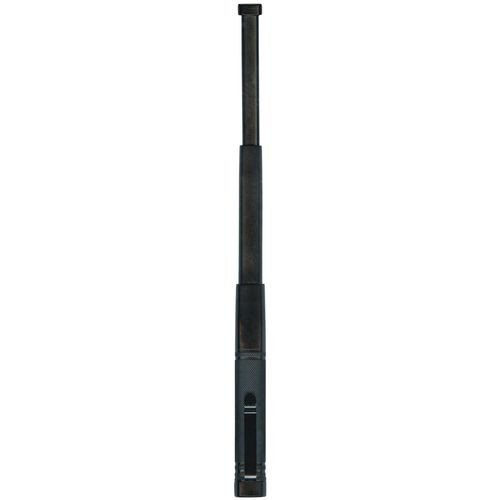
-

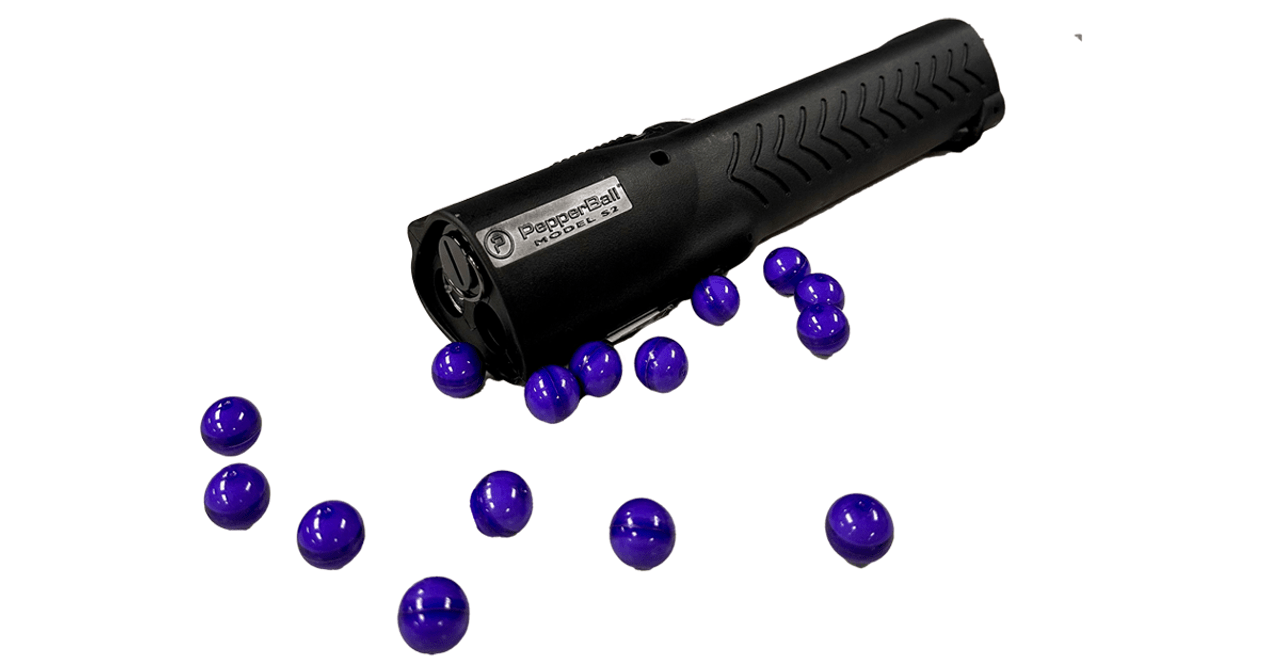
Less Lethal Self Defense
Less-Lethal Weapons: Your Guide to Effective Self-Defense and Conflict Management
Are you looking for effective self-defense options that minimize the risk of serious injury? Do you want to understand how law enforcement and military personnel manage conflicts without resorting to deadly force? This guide from DEGuns provides essential insights into less-lethal weapons, exploring their applications, mechanisms, and the crucial training required for safe and responsible use.
At DEGuns, we believe understanding the full spectrum of defensive tools is crucial for personal safety and conflict de-escalation. Less-lethal weapons offer a vital alternative to traditional firearms and knives, designed to incapacitate or deter a threat while minimizing the potential for permanent harm.
What are Less-Lethal Weapons and Why Are They Important?
Less-lethal weapons, often preferred over the term "non-lethal" to accurately reflect potential risks, are tools designed to control or manage a situation with the lowest possible risk of fatalities or serious injury. While no weapon is entirely without risk, the primary goal is to provide effective means of defense and control. These tools are invaluable in scenarios where lethal force is undesirable, legally restricted, or disproportionate to the threat, such as:
- Civilian self-defense: Protecting yourself and your loved ones without causing irreversible harm.
- Law enforcement: Managing crowds, de-escalating confrontations, and making arrests safely.
- Military operations: Maintaining order during peacekeeping missions and controlling civilian movement in conflict zones.
How Do Less-Lethal Weapons Work? Mechanisms and Effects
Less-lethal weapons are engineered to temporarily incapacitate or deter by causing discomfort, pain, or disorientation. The specific effects depend on the technology employed:
- Kinetic Projectiles: Ammunition like rubber bullets, bean bag rounds, or soft polymer projectiles deliver blunt force trauma, causing pain and incapacitation without typically penetrating the body.
- Chemical Agents: Pepper sprays (oleoresin capsicum, or OC) and tear gas (CS) irritate mucous membranes, causing temporary blindness, respiratory distress, and intense burning sensations. Pepperball launchers, for example, disperse capsaicin upon impact.
- Electroshock Weapons: Devices like Tasers deliver an electrical shock that temporarily disrupts muscle control, leading to incapacitation.
- Acoustic Devices: Long-range acoustic devices (LRADs) can produce highly directional, high-intensity sound to deter individuals or disperse crowds, causing disorientation and discomfort.
- Light-Based Devices: High-intensity lights can temporarily impair vision and disorient a target.
While intended to be less harmful, proper training and adherence to usage guidelines are paramount. Misuse or improper aiming can still lead to serious injury, highlighting the importance of responsible application.
Less-Lethal Weapons in Action: Historical Perspective & Modern Applications
The development of less-lethal weapons stems from a historical need for options beyond verbal commands and deadly force. By the late 1980s and early 1990s, entities like the Non-lethality Policy Review Group advocated for more humane and cost-effective alternatives. Governments worldwide recognized this need, leading to significant research and development.
Military and Policing Use
Conventional military forces, military police, UN peacekeepers, and law enforcement agencies globally utilize these tools for various tactical situations:
- Crowd Control: Historically, methods ranged from batons and horse-mounted officers to water cannons. The introduction of high-tensile plastics like Kevlar revolutionized personal armor, while chemical agents and impact rounds like rubber bullets enhanced modern riot control techniques.
- De-escalation: Providing a crucial intermediate option to de-escalate conflicts before resorting to lethal force.
- Access Control: Managing civilian populations and restricting entry to sensitive areas.
Key Historical Innovations:
- 1995 Somalia Operations (U.S. Marine Corps): Non-lethal weapons were effectively used to channelize battlefields and control civilian movements.
- 2001 Active Denial System (United States Marine Corps): A non-lethal energy weapon using high-frequency microwaves to cause intense, temporary pain without lasting damage.
- 2004 Republican National Convention (New York City): Long-range acoustic devices were deployed for effective crowd dispersal.
Civilian Less-Lethal Options for Personal Self-Defense
The civilian market for less-lethal options has also expanded significantly, offering accessible tools for personal protection:
- Pepper Sprays: Compact and widely available, providing a non-lethal means to deter attackers by causing severe irritation.
- Electroshock Weapons (e.g., Tasers): Allow individuals to incapacitate a threat from a distance, providing a window to escape.
- Byrna SD Launcher: A leading less-lethal option for civilian self-defense, this device is designed to fire kinetic and/or chemical irritant projectiles, providing a safe distance from a threat. It's becoming increasingly popular for its effectiveness without the need for traditional firearm permits in many areas.
Training and Safety: Mastering Less-Lethal Tools
As self-defense instructors at DEGuns, we cannot overstate the importance of proper training and safety protocols when using less-lethal weapons. Understanding the mechanics, effects, and correct deployment techniques is vital for maximizing effectiveness and preventing unintended injuries.
Essential Training and Safety Principles:
- Proper Handling: Learn the specific operation of your less-lethal device. Mishandling can lead to self-inflicted injury or ineffective deployment.
- Target Areas: Understand where to aim for maximum effectiveness while minimizing the risk of serious injury. For kinetic projectiles, aiming at the lower body is generally preferred in non-life-threatening situations.
- Situational Awareness: Recognize when less-lethal force is appropriate. These tools are best utilized in situations where lethal force is not warranted but control or deterrence is necessary.
- Legal Considerations: Be fully aware of local and state laws regarding the ownership, carrying, and use of less-lethal weapons. Regulations vary significantly, and compliance is crucial.
Less-lethal weapons are a cornerstone of modern self-defense and conflict management strategies, providing a humane and effective alternative to lethal force. Whether you're a civilian seeking personal protection or a professional in law enforcement or military, understanding these tools empowers you to handle diverse situations with confidence and responsibility.
Ready to explore less-lethal options or enhance your self-defense skills? Contact DEGuns today to learn more about our self-defense shooting courses and discover the right less-lethal solutions for your needs.
